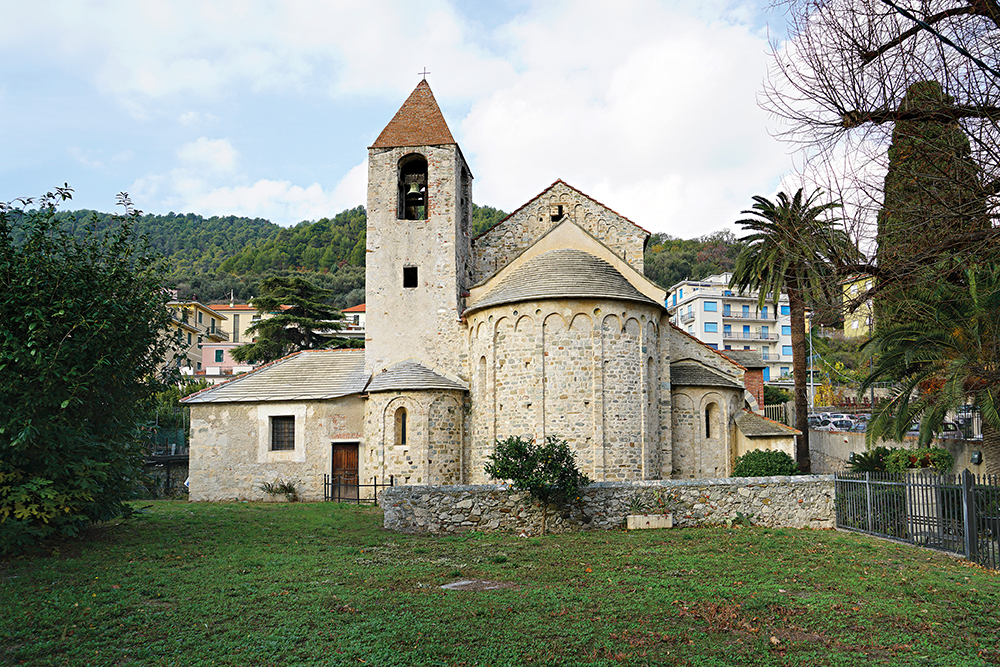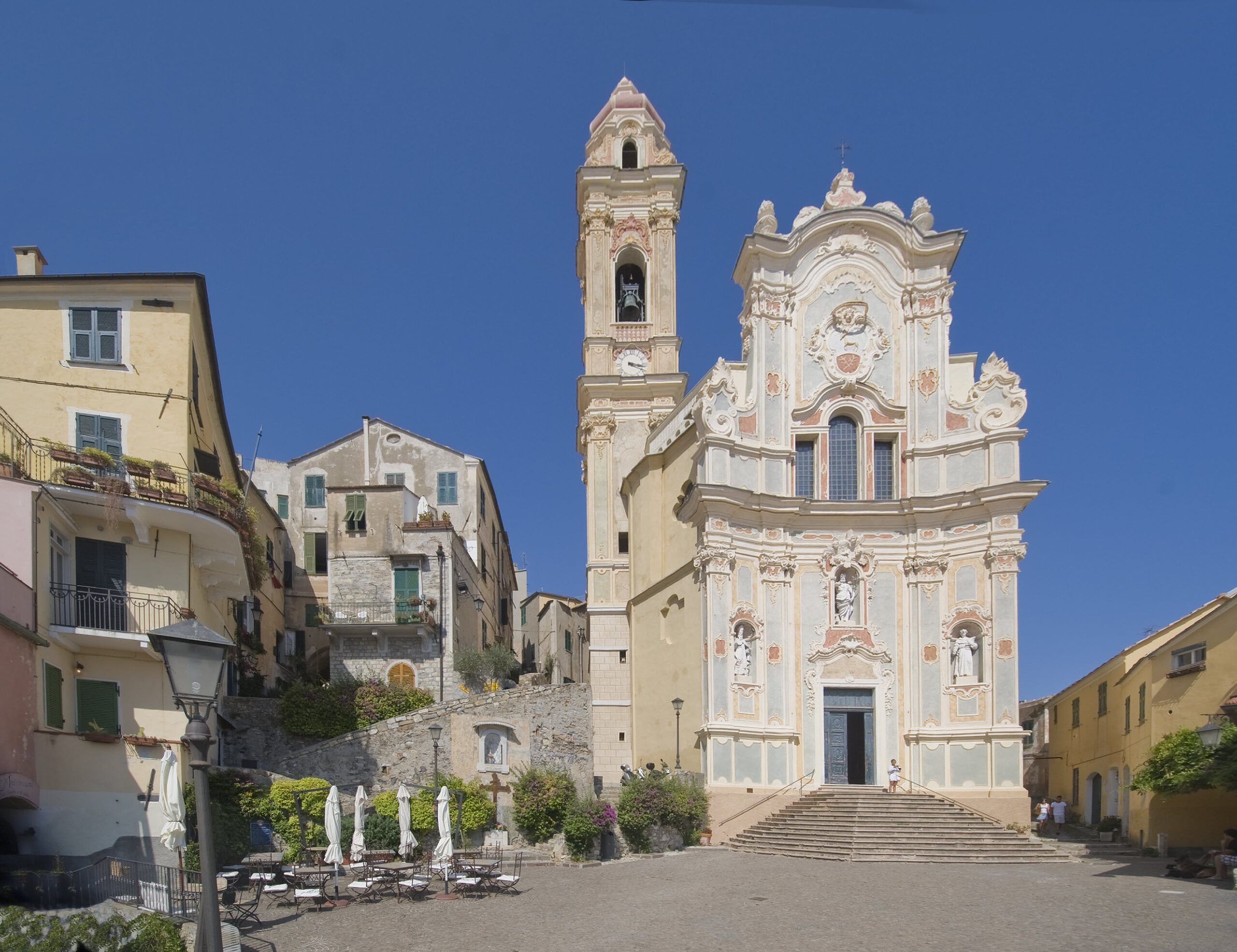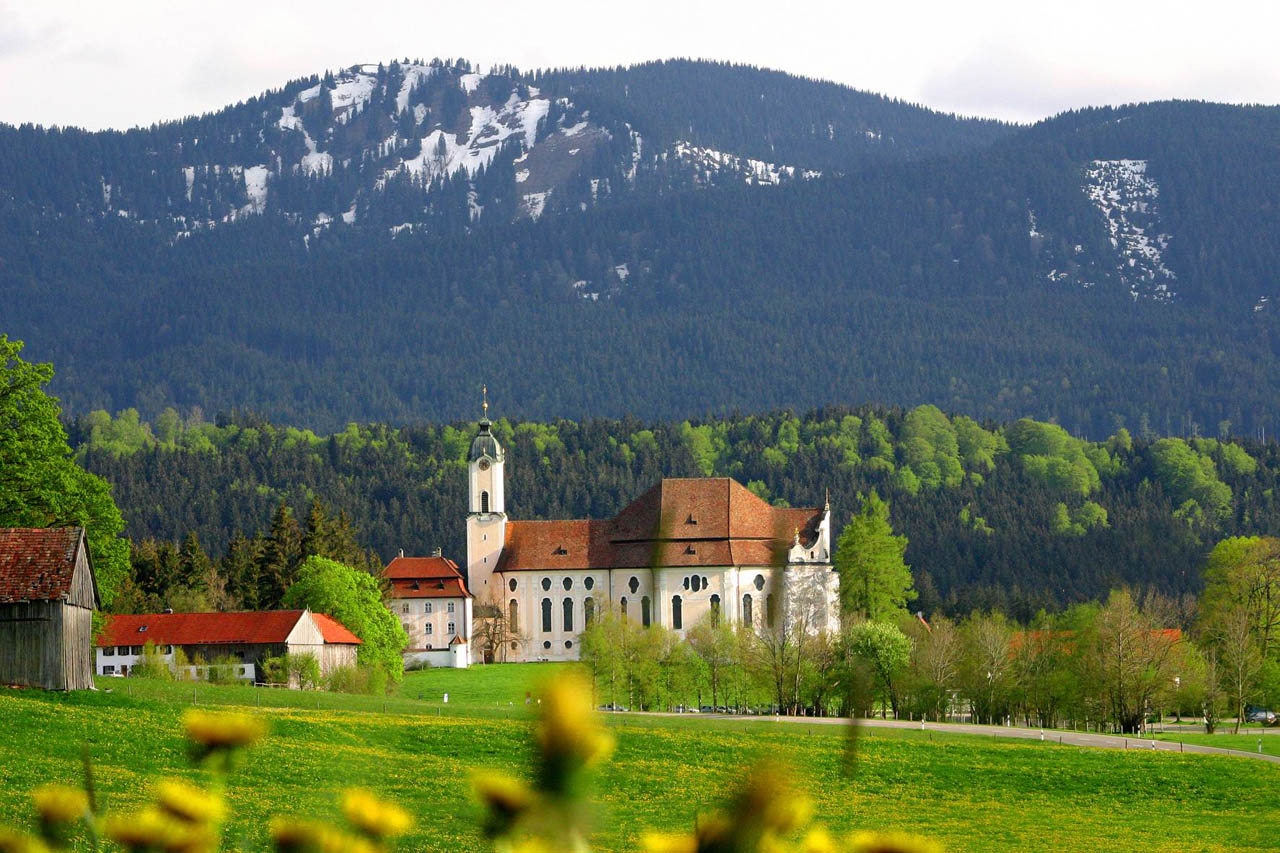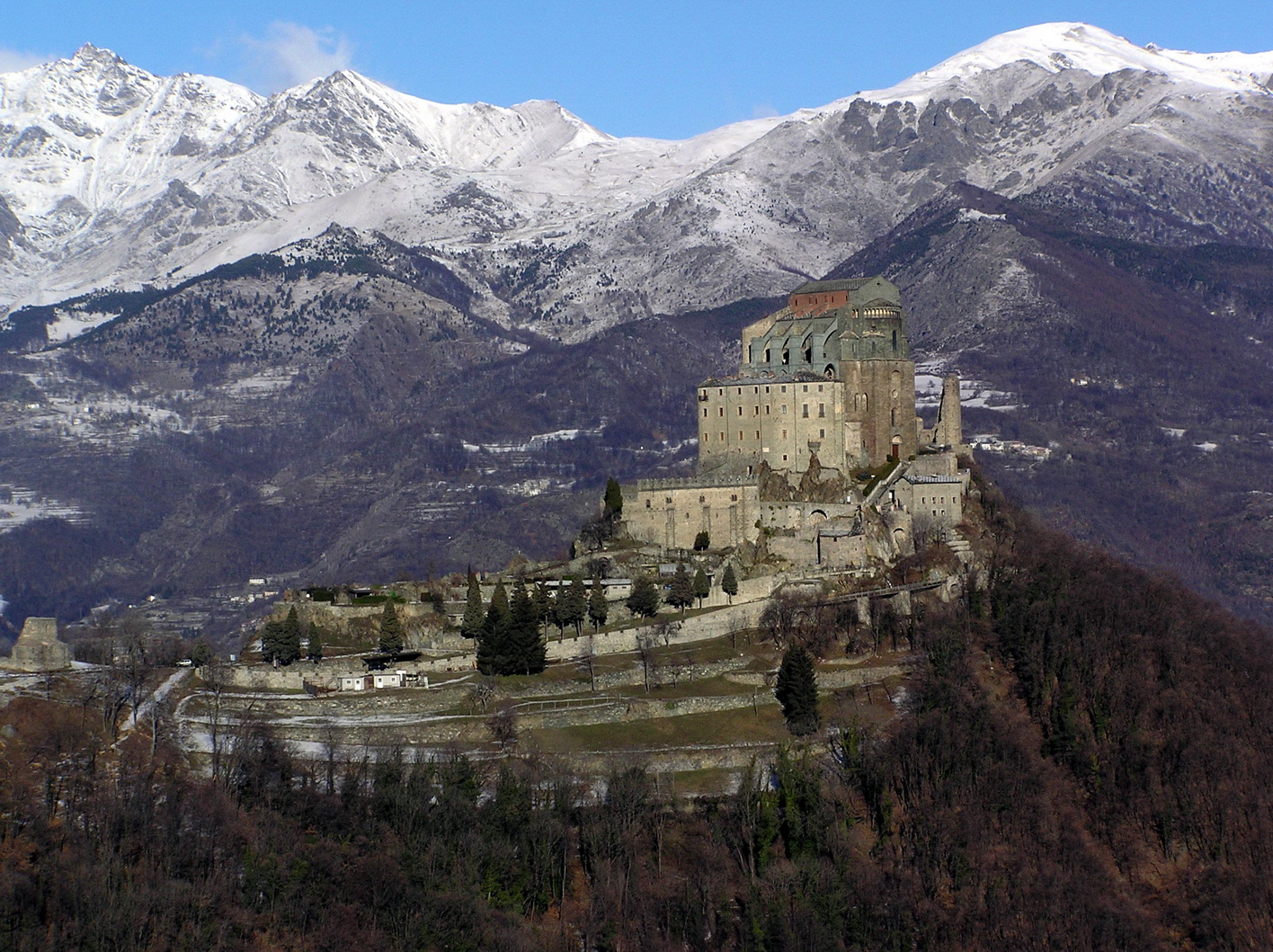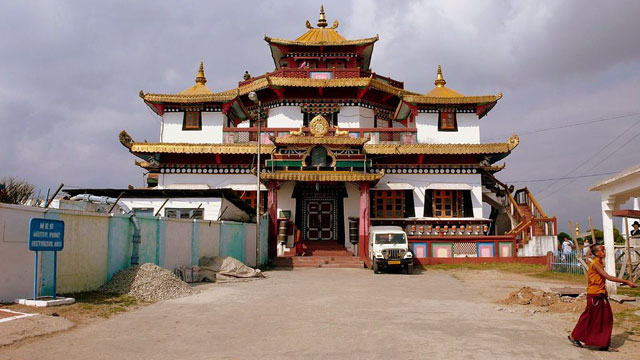The cathedral of San Paragorio, emblem of Ligurian Romanesque, dates back to the 12th century and was built at the foot of the hill of San Michele on the remains of a primitive church: archaeological excavations have brought to light the remains of a protoromanic phase (9th-10th century) and traces of an early Christian building (6th-7th century) flanked by an early medieval necropolis.
Following the earthquake of 1887, the church, seriously damaged, underwent radical restoration and consolidation works, under the directives of Alfredo D’Andrade: remaking of the minor apses, of the decoration with hanging arches and of the single-light windows; removal of the various overlaps and restoration of the original level of the floor. The present church has a basilica plan with three naves divided by pillars and concluded by semicircular apses. The central nave has a wooden joist roof, while the lateral naves are characterized by cross vaults.
The presbytery is raised due to the presence of a crypt, used as an ossuary, which occupies the space below. Outside the church you can see interesting medieval tombs and decorations with Islamic majolica, while inside, among the most interesting objects, there is a wooden copy of the Holy Face of Lucca, a bishop’s chair (thirteenth century), valuable fourteenth-century frescoes; the tomb of Gandolfo Guasco (1272); four early Christian sarcophagi; a 15th century wooden Crucifix; a 16th century panel of the Virgin and Child with Saints Paragorio, Partenopeo and Severino, attributed to Teramo Piaggio; two paintings by Paolo Gerolamo Brusco from Savona. The relics of St. Eugene, patron saint of the city, are instead kept in the thirteenth-century cathedral of St. Peter (revised in the seventeenth century) along with the treasure.
